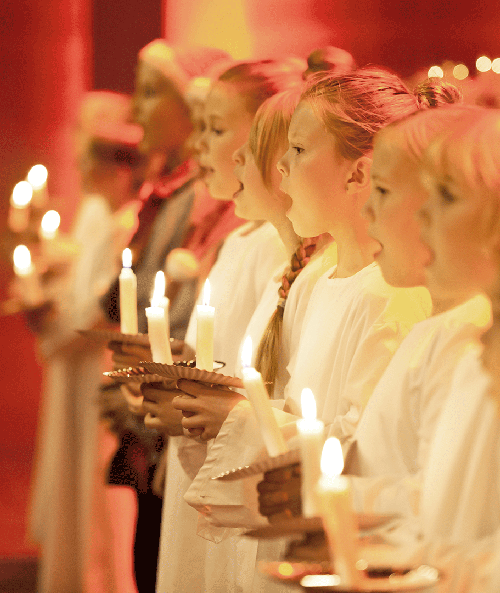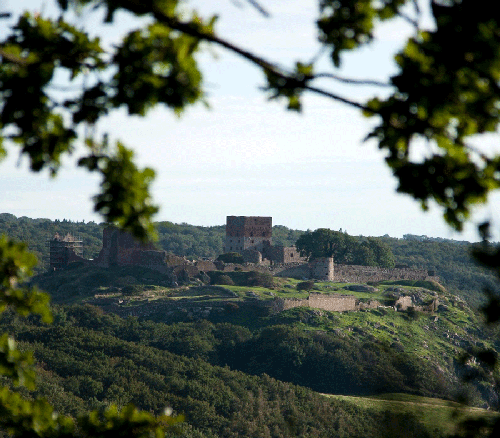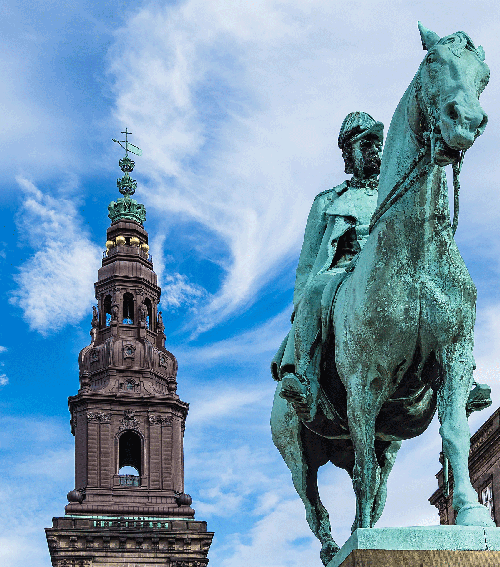The name of the Danish flag is Dannebrog. This probably means “the cloth of the Danes”.
Dannebrog: The flag that fell from the sky
In 1219, legend has it, the Danish flag fell from heaven during a battle in present-day Estonia, helping the Danish army to an unexpected victory.
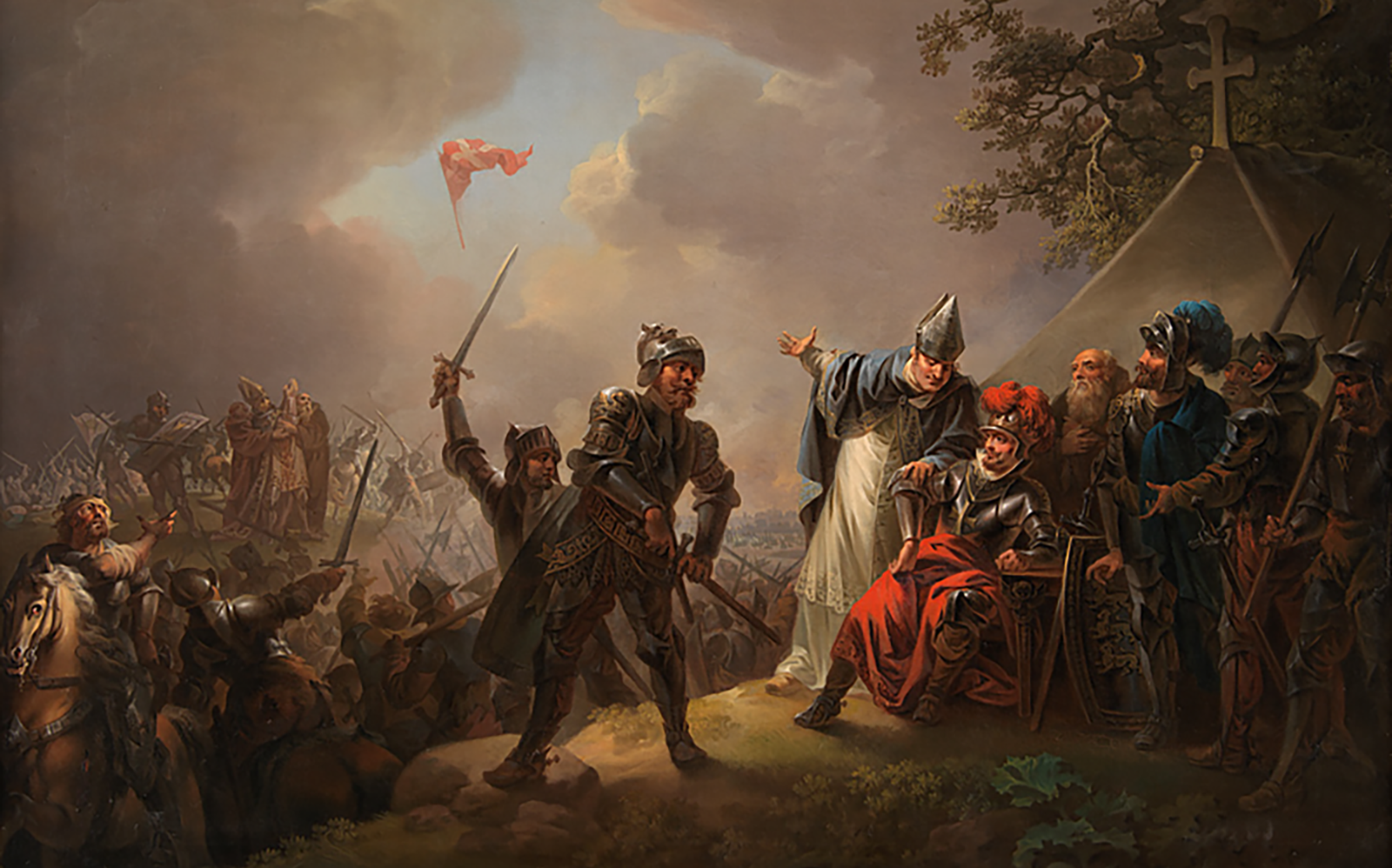
Today, 800 years after the battle in Estonia, the red-and-white flag has gained widespread use among the population of Denmark – for birthdays, funerals and practically everything in between.
Up until today, in many homes in Denmark, parents tell their children the legend of how the Danish flag came about.
In the early 13th century, the Danish king Valdemar Sejr (Valdemar the Victorious) led his army on a crusade in present-day Estonia. During a battle on June 15, 1219, the Danes were on the defensive when suddenly a red banner with a white cross fell from the sky. As a result, the luck changed, the Danish army won, and Denmark got its flag.
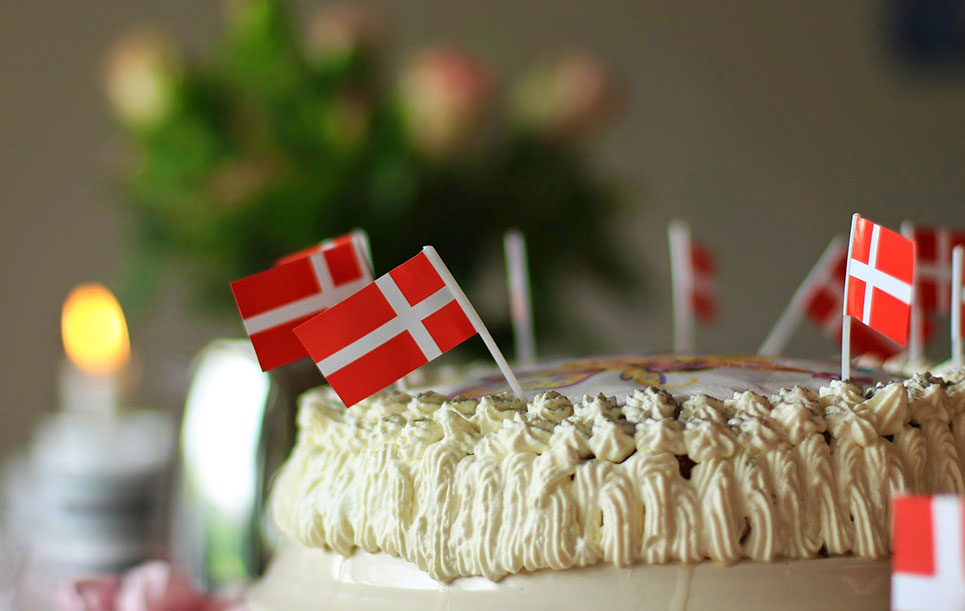

In 2019, the legend of the Danish flag turns 800.
The legend was first mentioned by historians in the early 16th century. Since 1913, the flag – and the legend of its origin – is celebrated annually on June 15, which is named Valdemar’s Day after the late king. That day, as on many other days, the flag is raised across the country.
Although King Valdemar’s crusade did take place, the story of the falling flag obviously has no basis in reality. That, however, does not make it any less powerful.
“What matters is that it’s a good story. The mythological and religious elements only make it better. So does its old age,” says Torben Kjersgaard Nielsen, historian at Aalborg University in Denmark and author of a book on the Danish flag.
“When parents in Denmark tell their children the legend of the flag, they become part of a tradition of people who have told this story for centuries. This is delightful and reassuring.”
Did you know
The Danish flag was not always Danish. During the European crusades from the 11th to 13th centuries, a red flag with a white cross was used frequently, without connection to Denmark. It became a Danish flag around the mid-14th century, which makes it one of the world’s oldest national flags in continuous use. Back then, the flag was carried by the Danish king Valdemar Atterdag (Valdemar “Another Day”), probably taking inspiration from the Holy Roman Emperor Louis IV of Bavaria who used a similar flag.
For centuries, the Danish flag was a royal flag. In 1834, the king even prohibited ordinary citizens from using it. This changed, however, in the mid-19th century, in connection with The First Schleswig War, a Danish-German military conflict. When the Danish soldiers returned home after winning the war, they were met with the sight of red-and-white flags hanging from private homes across the country. A few years later, the ban was formally lifted.
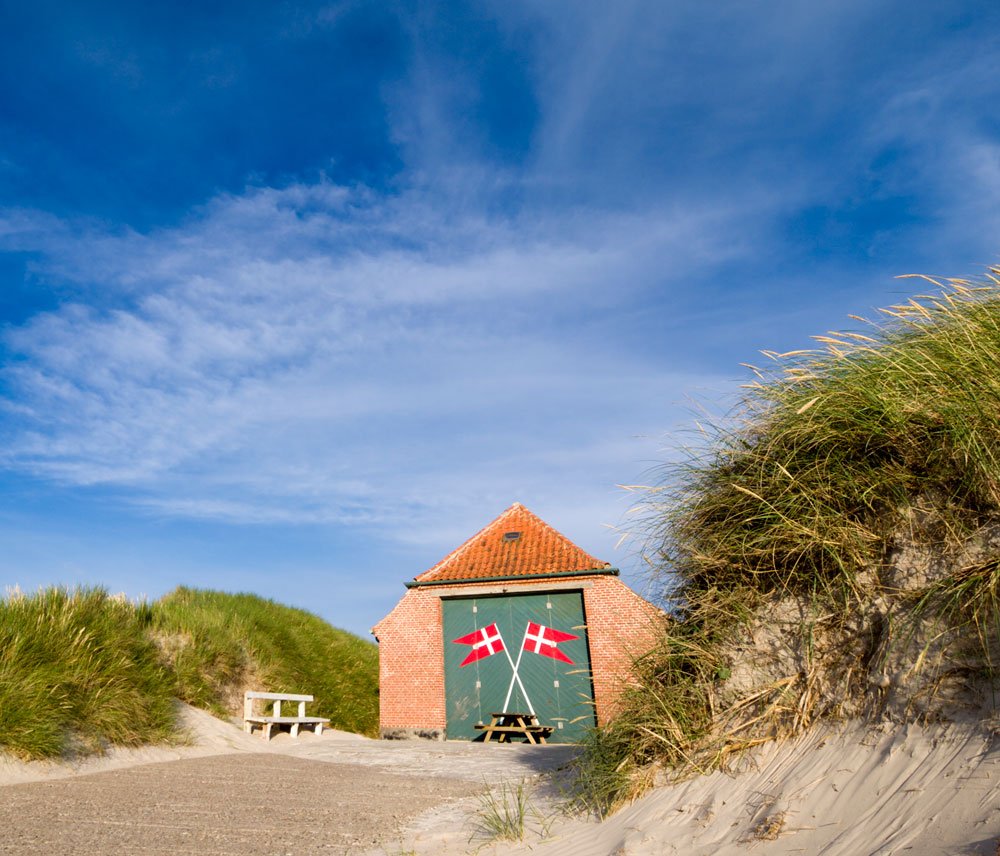

Today, the Danish flag is still used frequently by the royal family and state institutions. In addition, use among the general population has grown significantly. The flag is practically everywhere – on very different occasions with equally different meanings. One of the most popular uses is to decorate birthday cakes and buns with small paper flags.
“For birthdays and other joyful events, the Danish flag is used as a symbol of happiness. At the other end of the scale, when flown at half-mast for funerals, the flag symbolises mourning and helps people cope with the loss of a loved one,” Kjersgaard Nielsen says.
Other uses include painting the Danish flag on the faces of fans of the national soccer team. Sewing it on backpacks for journeys abroad. Hanging it on the Christmas tree along with other decorations. Raising it over allotment gardens at weekends. Or printing it on packaging of vegetables to show they’re locally grown.
“Everyone uses and interprets the Danish flag in their own way. Paradoxically, this is what makes it a uniting symbol,” Kjersgaard Nielsen says.
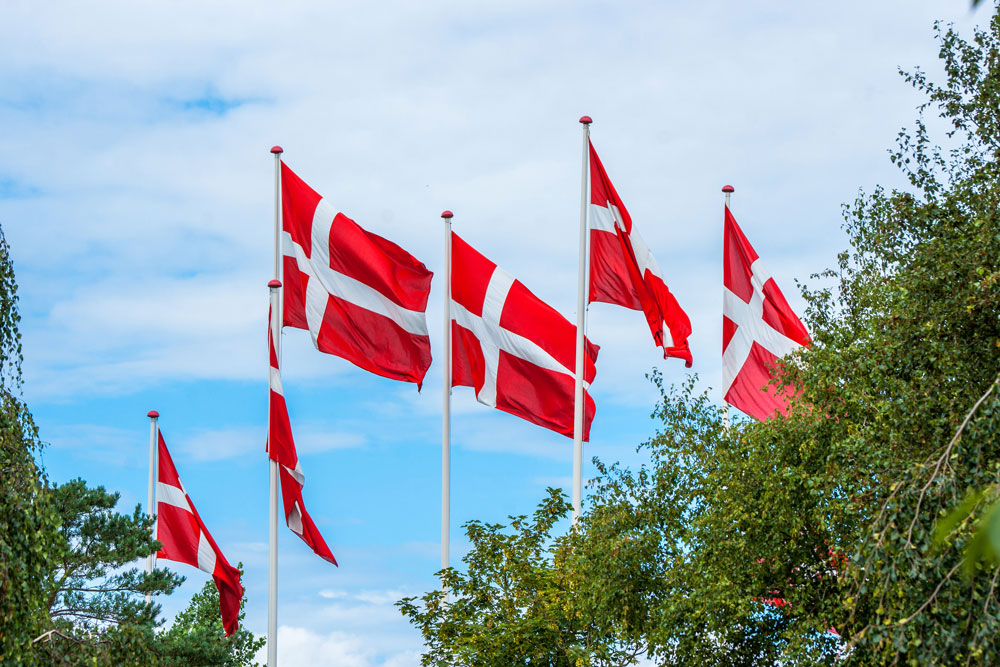
The population of Denmark probably use their national flag more than people in most other countries do. One reason for this is that no laws – only guidelines – regulate the use of the most common version of the Danish flag. The possibility of a flag law was discussed in the early 20th century, but there was no political majority for it. Today, it would be impossible, Kjersgaard Nielsen says:
“The Danish flag has been used by the general population for a very long time, and then you can’t suddenly start regulating. People wouldn’t back it. When I give presentations, I meet very few people who want to limit the use of the flag. Instead, they want it to be used in more and more ways."
Others also read
-
Culture Danish holidays and traditions
Most of Denmark's holidays are based around the Christian calendar, with Christmas, Easter and the midsummer festival of Saint Hans among the most important. Each of these holidays comes with its own traditions and family gatherings.16.01.2025Read more -
CULTURE The history of Denmark
Since the end of the last Ice Age - approximately 10,000 BC - people have migrated from the Eastern and Southern parts of Europe to the Northern area we now know to be Denmark. The flat terrain, rich soil, close proximity to water and at times harsh climate, has shaped Danish history and culture ever since.30.05.2018Read more -
society Government and politics
In Denmark, politics are about consensus. There are representatives of 15 parties in the Danish parliament, and since 1909 no party has had enough representatives to rule entirely on its own. Instead, multiple parties put together a ruling coalition.03.02.2025Read more
